Chrysler Crossfire Troubleshooting: Ultimate Guide
Experiencing issues with your Chrysler Crossfire? Don’t worry, you’re not alone.
The Chrysler Crossfire, a sleek and stylish car, can sometimes have problems. Knowing how to troubleshoot these issues can save you time and money. This guide aims to help you identify and fix common problems with your Crossfire. Whether it’s engine troubles, electrical glitches, or strange noises, we’ve got you covered.
Understanding your car’s quirks will help keep it running smoothly. Stick with us as we dive into practical tips and solutions for your Chrysler Crossfire. Let’s get started on keeping your ride in top shape!
About Chrysler Crossfire in Details

The Chrysler Crossfire is a unique sports car. It combines American design with German engineering. This car has a distinct look and feel.
It was produced from 2004 to 2008. Despite its short production run, it has a loyal following. This guide covers common issues and troubleshooting tips.
Brief History
The Chrysler Crossfire was introduced in 2004. It was a joint effort between Chrysler and Mercedes-Benz. The car was built in Germany and featured many Mercedes parts.
It was available as both a coupe and a roadster. The Crossfire aimed to offer a balance of performance and luxury. Production ended in 2008 due to low sales.
Common Issues
The Chrysler Crossfire, like any car, has some common problems. Knowing these can help in troubleshooting.
- Electrical issues: Problems with the battery and alternator are common. Dashboard lights may flicker or fail.
- Engine problems: The car may experience misfires. This can be due to spark plugs or fuel injectors.
- Transmission issues: The automatic transmission may shift roughly. Regular maintenance can help prevent this.
- Brake system: Brake pads and rotors wear out quickly. This affects braking performance.
- Suspension concerns: The suspension system may produce noise. This is often due to worn-out bushings.
| Issue | Possible Cause | Solution |
|---|---|---|
| Electrical issues | Battery/Alternator | Check and replace if needed |
| Engine misfire | Spark plugs/Fuel injectors | Inspect and replace parts |
| Rough transmission | Low transmission fluid | Top up fluid |
| Brake wear | Worn pads/rotors | Replace pads/rotors |
| Suspension noise | Worn bushings | Replace bushings |
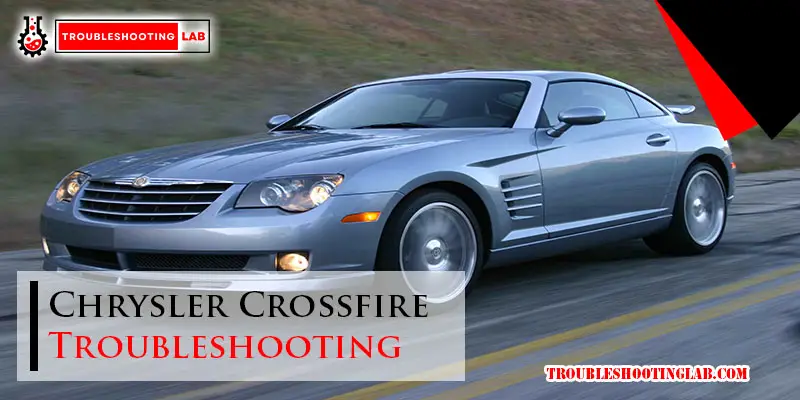
Chrysler Crossfire Engine Problems
Experiencing engine problems with your Chrysler Crossfire can be frustrating. Understanding these issues is the first step to resolving them. Here, we focus on two common engine problems: starting issues and overheating.
Starting Issues
Having trouble starting your Chrysler Crossfire? This problem can stem from various causes. Here are a few common culprits:
- Battery: A weak or dead battery is a common issue. Check the battery’s voltage. It should be around 12.6 volts when fully charged.
- Starter Motor: If the battery is fine, the starter motor might be the problem. Listen for a clicking sound. No sound might indicate a faulty starter motor.
- Ignition Switch: The ignition switch could also be faulty. This component sends power to the starter motor. If it fails, the engine won’t start.
Overheating
Overheating is another frequent issue with the Chrysler Crossfire. Several factors can contribute to this problem:
- Coolant Levels: Ensure the coolant level is adequate. Low coolant can cause the engine to overheat.
- Thermostat: A malfunctioning thermostat can restrict coolant flow. This can lead to overheating. Replace the thermostat if needed.
- Radiator: Check for clogs or leaks in the radiator. A blocked radiator can prevent heat from dissipating.
- Fan: The cooling fan should activate when the engine reaches a high temperature. If it doesn’t, the engine can overheat.
Regular maintenance can prevent these issues. Always keep an eye on your engine’s performance.
Chrysler Crossfire Transmission Issues

Experiencing transmission issues in your Chrysler Crossfire can be frustrating. These problems can range from minor inconveniences to major repairs. Understanding the common transmission issues helps in addressing them effectively. Below are some of the most common transmission issues and their solutions.
Shifting Problems
One of the most common issues is shifting problems. If your Chrysler Crossfire struggles to shift gears, it can indicate a few possible issues. These issues include:
- Worn-out clutch plates
- Low transmission fluid
- Faulty transmission control module
Check if the transmission fluid is at the right level. Low fluid levels can cause shifting problems. If the fluid level is fine, inspect the clutch plates. Worn-out clutch plates can also cause difficulty in shifting gears.
Fluid Leaks
Another common transmission issue is fluid leaks. Leaking transmission fluid can lead to serious problems. Here’s how to identify and address fluid leaks:
- Inspect the transmission pan for cracks.
- Check the transmission seals and gaskets.
- Look for fluid puddles under the car.
If you notice a leak, it’s important to fix it immediately. Leaking fluid can cause the transmission to overheat and fail. Use a high-quality sealant to repair minor leaks. For major leaks, consult a professional mechanic.
Chrysler Crossfire Electrical System Troubles
The Chrysler Crossfire is known for its sleek design and powerful performance. But many owners have faced issues with the electrical system. These troubles can range from minor inconveniences to major problems. Let’s explore two common areas: battery problems and faulty wiring.
Battery Problems
The battery is the heart of your car’s electrical system. If your Crossfire won’t start, the battery might be the culprit. A dead or weak battery can cause many issues, including:
- Car not starting
- Dim headlights
- Electrical components not working
Always check the battery terminals for corrosion. Clean them with a wire brush if needed. Ensure the battery is fully charged. Consider replacing the battery if it’s old or not holding a charge well.
| Battery Age | Action |
|---|---|
| Less than 3 years | Check and clean |
| 3-5 years | Test and monitor |
| Over 5 years | Consider replacement |
Faulty Wiring
Wiring problems can cause various electrical issues in the Crossfire. These problems can range from:
- Flickering lights
- Non-functional dashboard gauges
- Intermittent electrical failures
Inspect the wiring for any visible damage. Look for frayed wires or loose connections. Use a multimeter to test the continuity of the wires.
If you find damaged wiring, it is best to replace the affected sections. This ensures the electrical system functions properly. Always use high-quality wires and connectors for repairs.
Suspension And Steering in Chrysler Crossfire
The suspension and steering systems in your Chrysler Crossfire are crucial for a smooth ride. These systems ensure your car handles well and provides comfort. Issues in these systems can lead to a bumpy, noisy, and unsafe drive. Let’s explore common problems and how to troubleshoot them.
Noises And Vibrations
Strange noises from your Crossfire’s suspension can indicate trouble. Listen for clunks, squeaks, or rattles. These sounds often come from worn-out bushings or ball joints. Check for any loose or damaged parts. Vibrations while driving can also point to suspension problems. Inspect the shocks and struts for leaks or damage. Replace any worn components to restore a smooth ride.
Alignment Problems
Poor alignment affects your car’s handling and tire wear. If your Crossfire pulls to one side, it may need an alignment check. Uneven tire wear is another sign of alignment issues. Ensure all tires are properly inflated and balanced. If problems persist, have a professional check the alignment. Regular alignment checks can prevent further damage and ensure safe driving.
Chrysler Crossfire Brake System Concerns
The brake system is crucial for your Chrysler Crossfire’s safety. Issues with the brake system can cause serious problems. Understanding these concerns can help you troubleshoot and fix them promptly.
Brake Pedal Issues
Brake pedal problems can be alarming. Here are some common issues:
- Spongy Brake Pedal: A spongy feel may indicate air in the brake lines.
- Hard Brake Pedal: A hard pedal often suggests a problem with the brake booster.
- Grinding Noise: This noise usually means the brake pads are worn out.
To troubleshoot, start by checking the brake fluid level. Low fluid can cause pedal issues. Also, inspect the brake pads and rotors for wear. If unsure, consult a mechanic.
Brake Fluid Leaks
Brake fluid leaks are a serious concern. Fluid loss can lead to brake failure. Here are some signs of a leak:
| Sign | Explanation |
|---|---|
| Puddles under the car | Brake fluid is usually clear or slightly yellow. |
| Soft Brake Pedal | A soft pedal may indicate a fluid leak. |
| Warning Light | The brake warning light may come on. |
If you suspect a leak, inspect the brake lines and calipers. Look for wet spots or drips. Tighten any loose connections. Replace damaged parts immediately.
Interior And Exterior Problems
The Chrysler Crossfire is a stylish car, but it can have interior and exterior problems. These issues can affect both the look and feel of your vehicle. Knowing what to look for can help you keep your car in good shape.
Interior Wear And Tear
Over time, the interior of your Chrysler Crossfire may show signs of wear. Seats may get worn out or torn. Leather seats can crack and fade. The dashboard might start to peel or fade. The car’s carpet can also become worn and dirty.
Regular cleaning and maintenance can help reduce these issues. Using seat covers can protect your seats from wear. Mats can keep your carpet clean. Keeping your car’s interior in good shape can make it more enjoyable to drive.
Paint And Body Issues
The exterior of the Chrysler Crossfire can also have problems. Paint may fade or chip over time. This can make your car look old and worn. Rust can form on the body, especially in areas with scratches or dents.
To keep your car looking good, wash and wax it regularly. This can protect the paint and reduce the risk of rust. If you find any chips or scratches, fix them as soon as possible. This can prevent further damage and keep your car looking great.
DIY Fixes And Maintenance Tips
Owning a Chrysler Crossfire comes with its own set of maintenance needs. While some problems need professional help, many can be fixed at home. DIY fixes save money and help you understand your car better. Let’s explore some basic maintenance steps and the tools you will need.
Basic Maintenance Steps
Regular checks can prevent big issues. Start with the oil. Change it every 3,000 to 5,000 miles. Use the right type of oil for your Crossfire. Check the tire pressure monthly. Proper pressure ensures better fuel efficiency and safety. Rotate your tires every 6,000 miles to ensure even wear. Inspect the brake pads. Replace them if they are worn out. Clean the battery terminals. Remove any corrosion to ensure a good connection.
Don’t forget the air filters. A clean air filter improves engine performance. Replace the cabin air filter to keep the air inside fresh. Check all the lights. Replace any burnt-out bulbs immediately. Inspect the belts and hoses under the hood. Look for signs of wear or cracks. Replace them if needed.
Tools And Resources
Having the right tools makes DIY fixes easier. A basic tool kit should include a socket set, wrenches, and screwdrivers. A jack and jack stands are essential for any under-car work. Keep a tire pressure gauge and a battery tester handy. An OBD-II scanner helps diagnose engine issues.
Online resources can be very helpful. Many forums and websites offer step-by-step guides. YouTube has many how-to videos for Chrysler Crossfire repairs. Car manuals are also great resources. They provide detailed information about your vehicle. Investing in a repair manual for your Crossfire can be very useful.
When To Seek Professional Help
Owning a Chrysler Crossfire can be a rewarding experience. But, like any vehicle, it may encounter issues. Knowing when to seek professional help is crucial. Some issues can be resolved at home. Others require a mechanic’s expertise. This section guides you on when to visit a repair shop.
Signs To Visit A Mechanic
Some problems need immediate attention. Here are some signs to visit a mechanic:
- Check Engine Light: If this light is on, get help. It can signal various issues.
- Strange Noises: Unusual sounds while driving indicate problems. Grinding, squealing, or clunking needs professional inspection.
- Fluid Leaks: Any fluid under your car is a bad sign. Transmission fluid, oil, or coolant leaks need expert repair.
- Poor Performance: If the car feels sluggish or unresponsive, seek help. It may be a sign of engine or transmission issues.
- Brake Issues: Soft or spongy brakes are dangerous. Get them checked immediately.
Choosing The Right Repair Shop
Selecting the right repair shop ensures quality service. Here are some tips:
- Read Reviews: Check online reviews. Look for shops with good ratings and feedback.
- Ask for Certifications: Ensure the shop has certified mechanics. ASE certification is a good sign.
- Get Estimates: Ask for a detailed estimate. Compare prices with other shops.
- Warranty: A good shop offers a warranty on repairs. Ask about their warranty policy.
- Experience with Chrysler: Choose a shop familiar with Chrysler vehicles. They will understand your Crossfire better.
| Criteria | Importance |
|---|---|
| Reviews | High |
| Certifications | High |
| Estimates | Medium |
| Warranty | High |
| Experience with Chrysler | High |
By following these guidelines, you can ensure your Chrysler Crossfire receives the best care.
Frequently Asked Questions
Why Won’t My Chrysler Crossfire Start?
Check the battery. It could be dead or weak. Also, inspect the starter and ignition switch.
What Does The Check Engine Light Mean?
The check engine light signals a problem. It could be a sensor or engine issue. A diagnostic scan can help.
How Do I Fix Overheating Issues?
Check the coolant level. Inspect the radiator and water pump. Make sure the fan is working.
Why Is My Chrysler Crossfire Making A Knocking Noise?
A knocking noise might be due to engine problems. Check the oil level. It could also be a bad spark plug.
Why Are My Brakes Squeaking?
Brake squeaking can be from worn brake pads. Check the pads and rotors. Also, ensure there is no debris.
Conclusion
Troubleshooting your Chrysler Crossfire can seem tough, but it’s manageable. With the right knowledge, you can tackle common issues effectively. Regular maintenance helps prevent problems before they start. Always use quality parts to ensure longevity. If issues persist, consult a professional mechanic.
Keeping your Crossfire in top shape ensures a smooth driving experience. Remember, a well-maintained car saves money in the long run. Don’t ignore small problems; they can become bigger issues. Stay proactive and enjoy your ride!

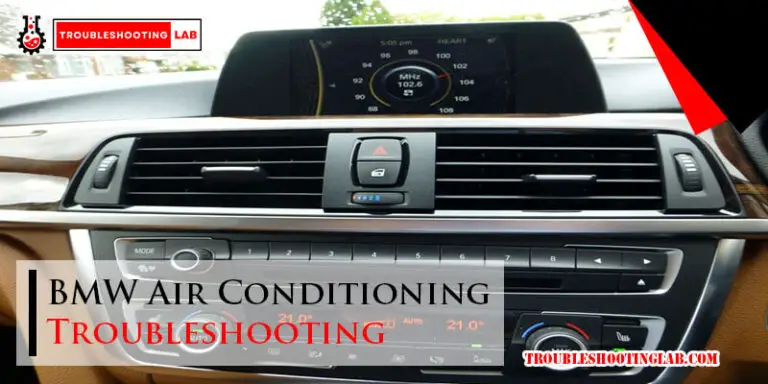
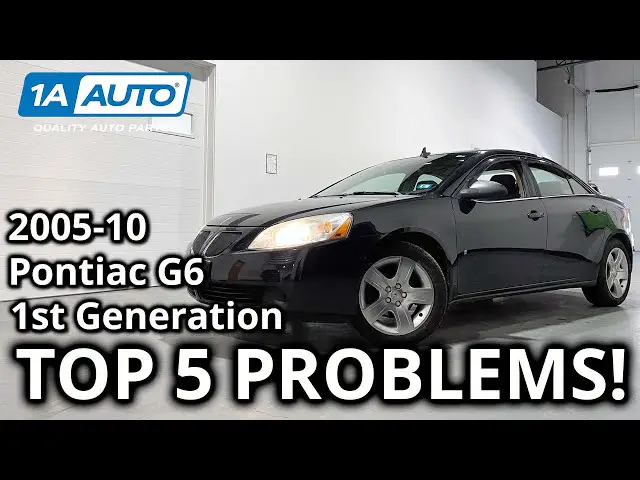
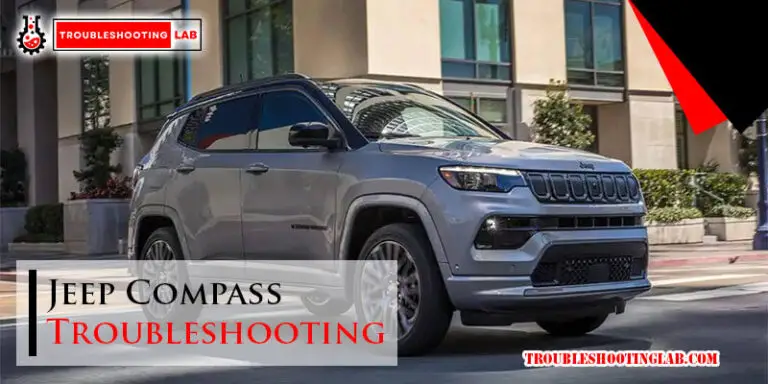
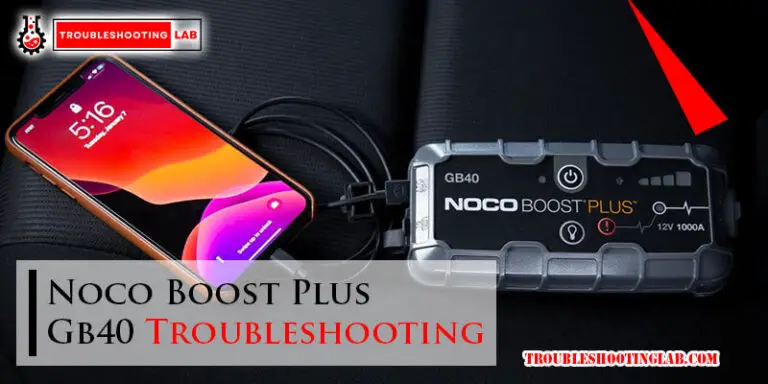

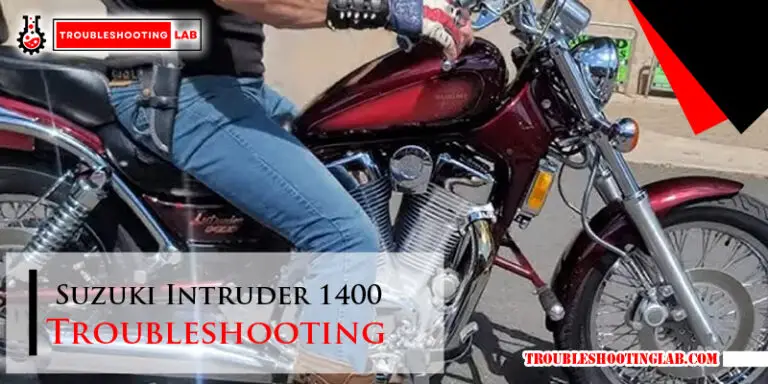
can I purchase a text manual for troubleshooting issues with 2004 crossfire
andreasaia411@gmail.com
Hi there, thanks for reaching out!
At the moment, we don’t sell or distribute a dedicated text manual for troubleshooting the 2004 Chrysler Crossfire. However, we’ve created a comprehensive Chrysler Crossfire Troubleshooting guide that covers common issues like starting problems, overheating, transmission faults, electrical glitches, and more. It’s designed to help you diagnose and fix most problems step by step.
If you’re looking for a physical or downloadable manual, we recommend checking official Chrysler service manuals or trusted online marketplaces like eBay or Amazon for factory repair manuals specific to the 2004 Crossfire model.
Feel free to explore our guide and let us know if you have any specific questions about your Crossfire!